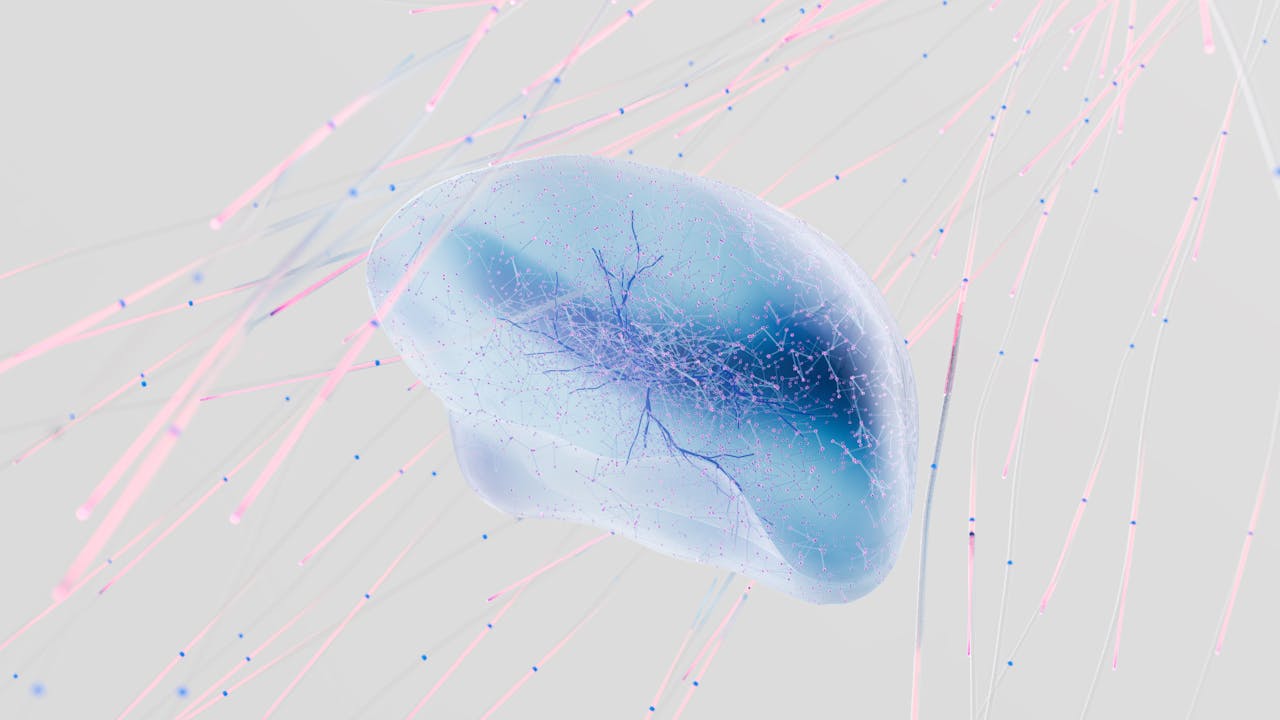News
Human Nuclear Fusion Power Plants Seem One Step Closer
Scientists have been trying to create nuclear fusion for more than half a century, and the Germans look as if they can go close to doing it. They recently injected hydrogen into their Wendelstein 7-X fusion device, leading to the heating of the gas into plasma for a moment, said the Christian Science Monitor.
Even though the device does not produce energy from plasma, the experiment might reveal the design's feasibility in its use as a power plant.
"With a temperature of 80 million degrees and a lifetime of a quarter of a second, the device's first hydrogen plasma has completely lived up to our expectations," said Hans-Stephan Bosch, who worked on the Wendelstein 7-X, in a press release.
At present, two different fusion power plant designs include the tokamak, the International Thermonuclear Experimental Reactor in France, as well as the stellarators such as the Wendelstein 7-X, thought to be the current largest in the world.
The Wendelstein 7-X's full heating power will be tested in four years. Its ability to undertake 30-minute discharges will also be tested. Positive results will strengthen the idea that stellarators have an edge over tokamaks for continuous operation, as opposed to pulses.
"The impressive results obtained in the startup of the machine were remarkable," David Anderson, a professor of physics at the University of Wisconsin, told CBS News."W7-X is a truly remarkable achievement and the worldwide fusion community looks forward to many exciting results."









Join the Conversation